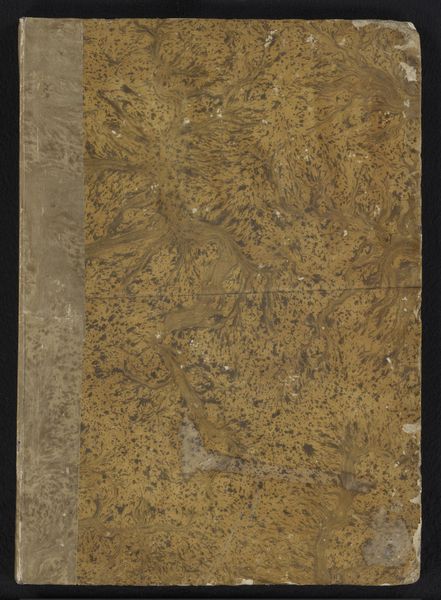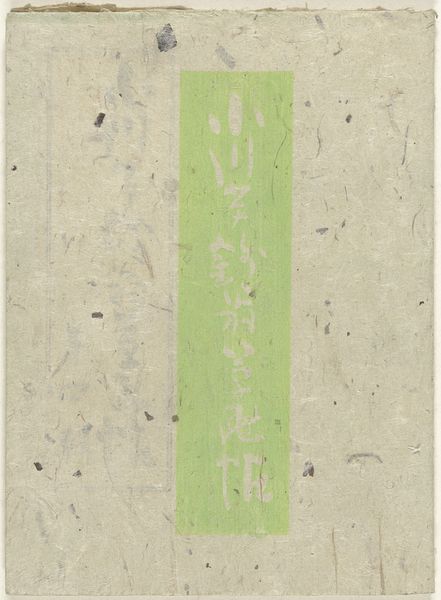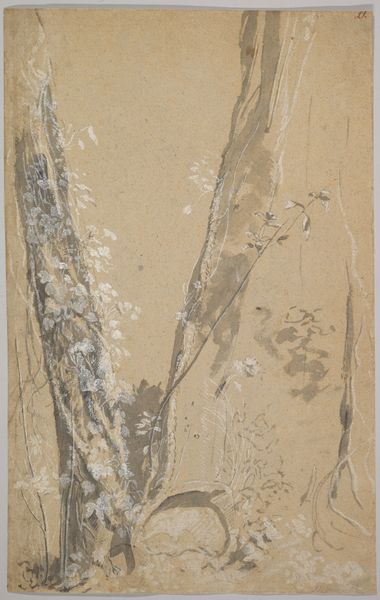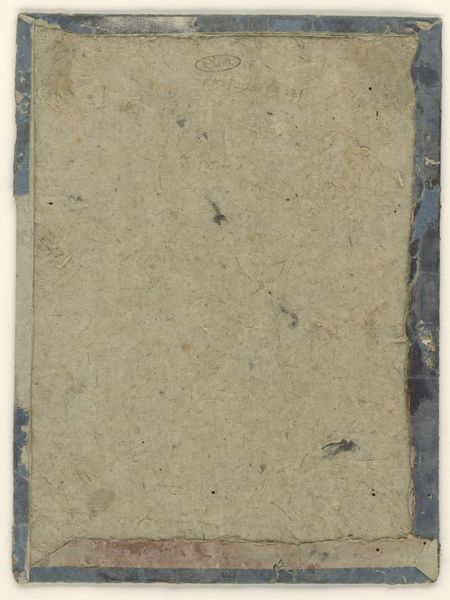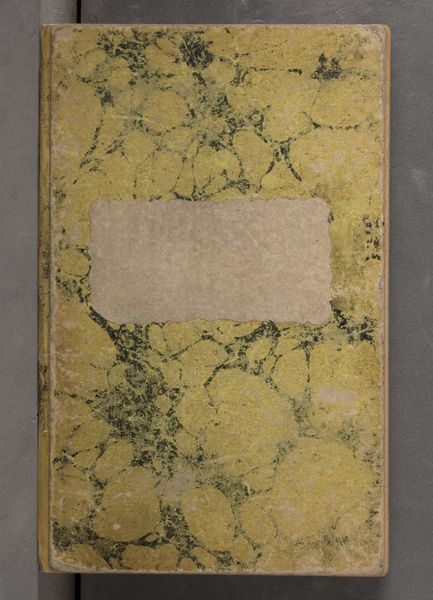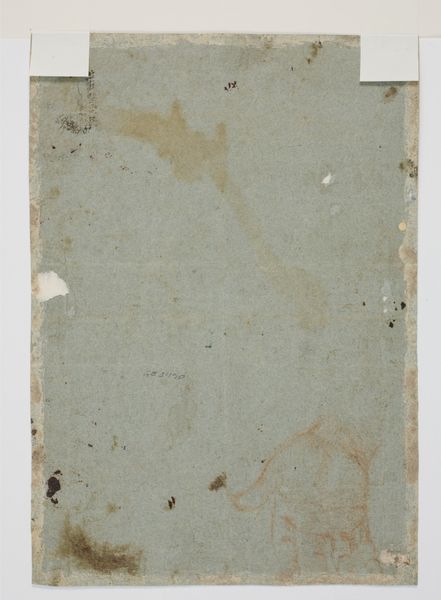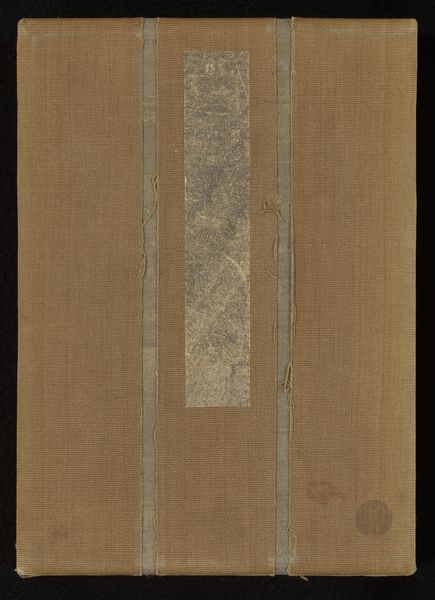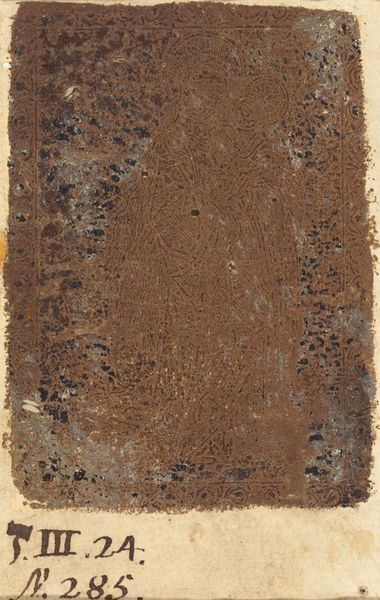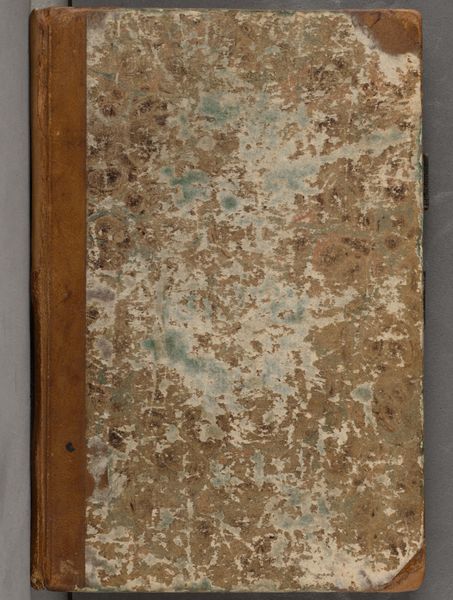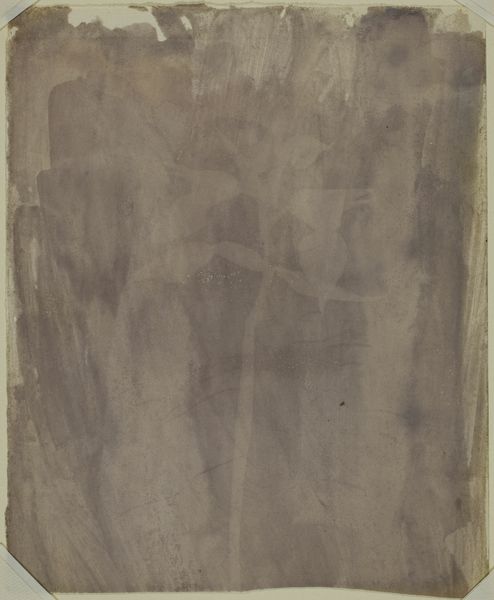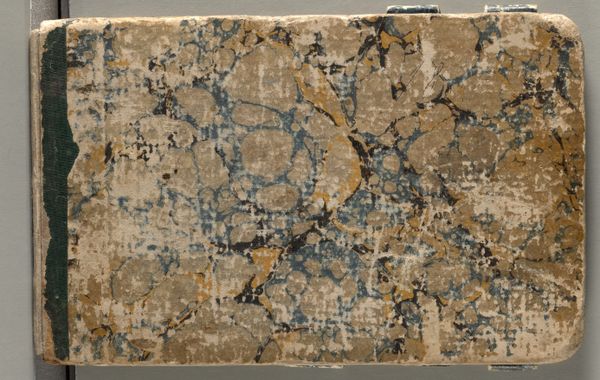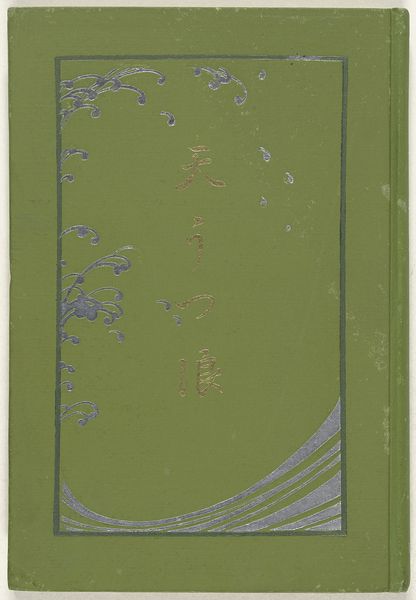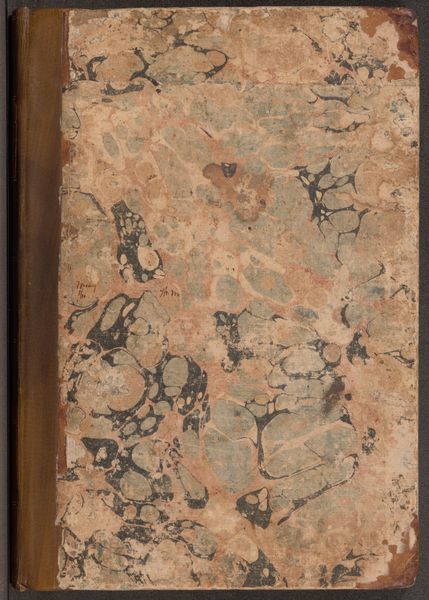
mixed-media, collage, print, paper, watercolor
#
mixed-media
#
collage
# print
#
asian-art
#
ukiyo-e
#
paper
#
watercolor
#
mixed medium
#
mixed media
Dimensions: height 188 mm, width 125 mm
Copyright: Rijks Museum: Open Domain
Editor: Here we have "Surimono album," dating back to 1860-1865, currently housed at the Rijksmuseum, and created by Hanzan (Matsukawa). It's a mixed-media piece combining print, collage, and watercolor on paper. It gives an initial impression of something aged and weathered. What aspects of the historical context do you see reflected in the artwork? Curator: Seeing this album, I’m struck by its materiality and what it tells us about the ephemerality of Ukiyo-e prints. These were popular, often commissioned for special occasions and intended for widespread distribution, and then to be discarded when something new replaced it. Looking at its degradation, what can we learn from its survival? And furthermore, how can we consider this album as a symbol of both artistic creation and the passage of time within its socio-political setting? Editor: That’s interesting; it is both durable, since it survives, but meant to be ephemeral. Curator: Precisely. Consider the late Edo period in which this album was created; the country was experiencing enormous social and political changes, which impacted art making and distribution. Mass print culture became important to many segments of the Japanese population, which hadn't happened before. So I wonder, in what ways can this humble, seemingly discarded object, teach us about this transitional era? Editor: I suppose the survival of popular art tells us something of what people valued differently at the time, beyond what wealthy elites favored, and maybe these new audiences altered and diversified what artists created. Curator: Exactly! And furthermore, think about whose stories get preserved and whose are erased over time. How does this album complicate or challenge those established narratives? The survival of the artwork encourages questions regarding societal priorities, alterations in artistic creation, and shifts in cultural values. Editor: This gives me so much to consider when analyzing not only this particular piece but the broader context of Japanese art history! I learned so much about the era and audiences, which might give new attention to artists creating popular pieces. Curator: And that's the value of exploring art history through an intersectional lens—it opens up avenues for deeper understanding and appreciation of diverse artistic expressions and cultural narratives.
Comments
No comments
Be the first to comment and join the conversation on the ultimate creative platform.
